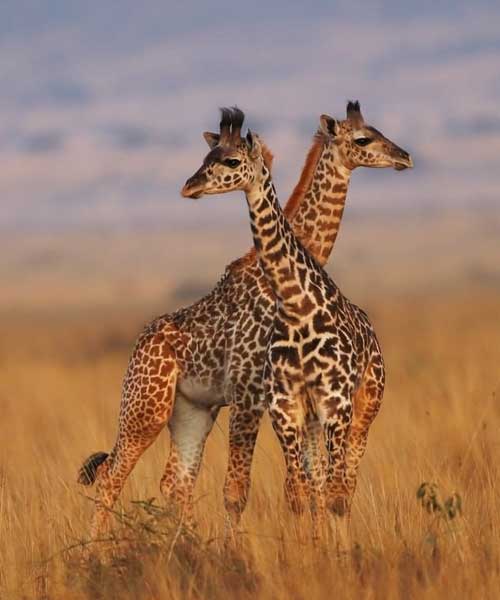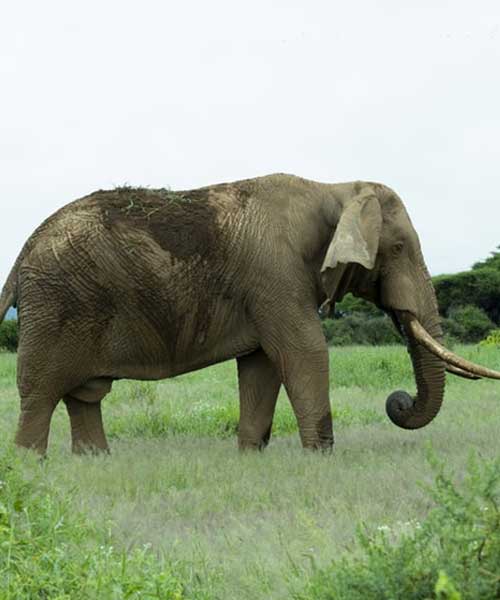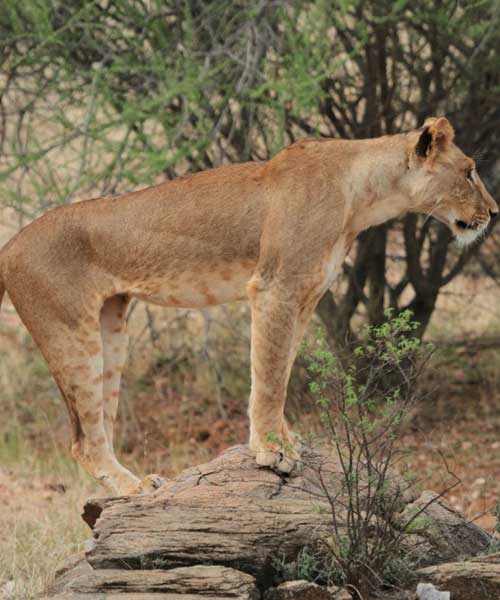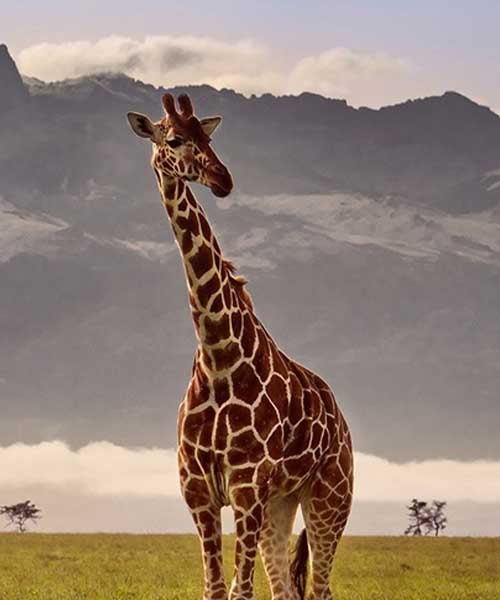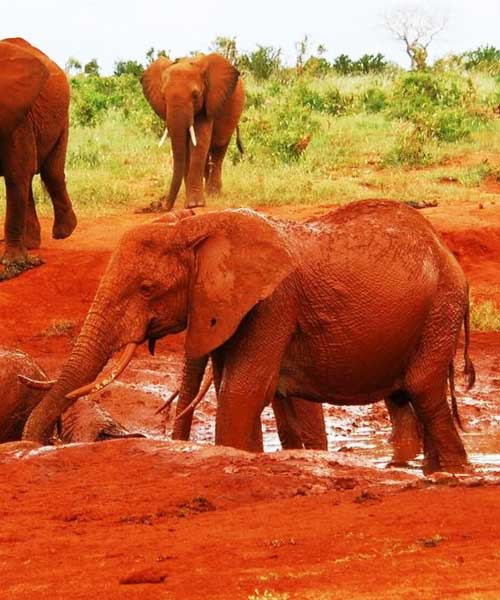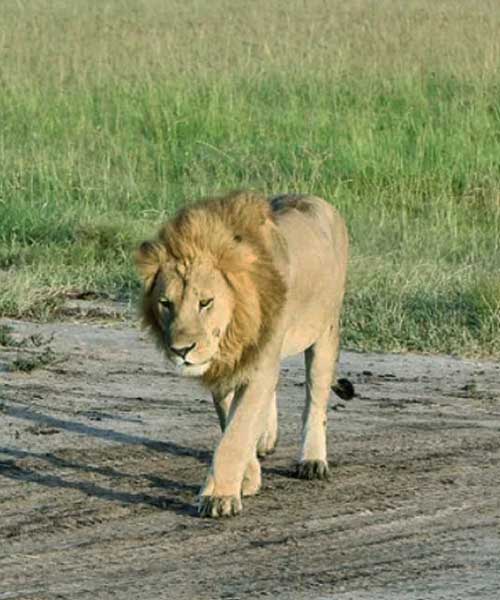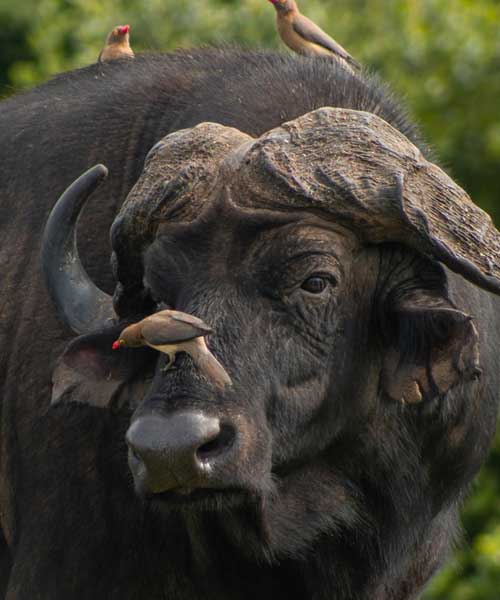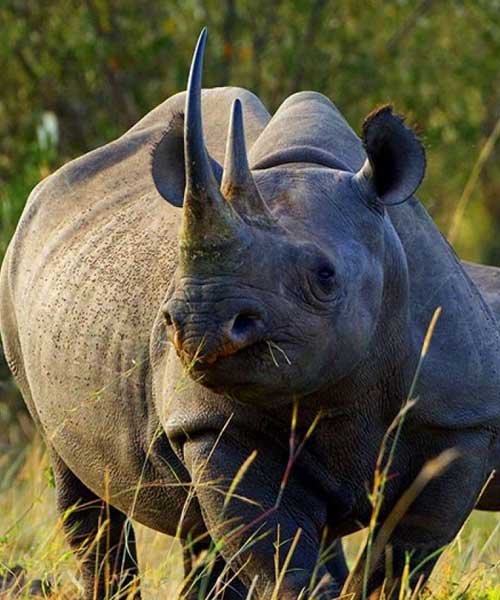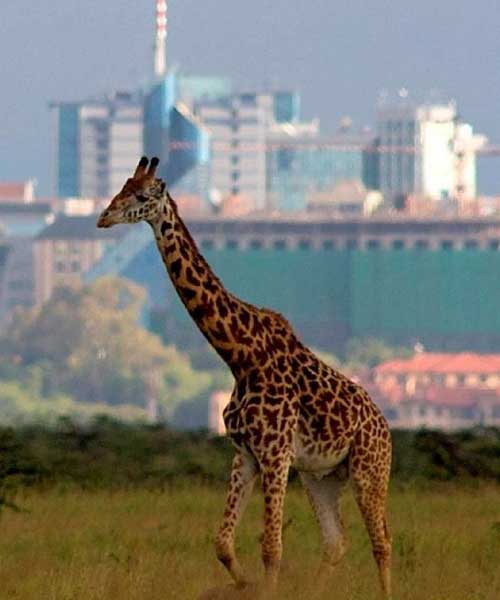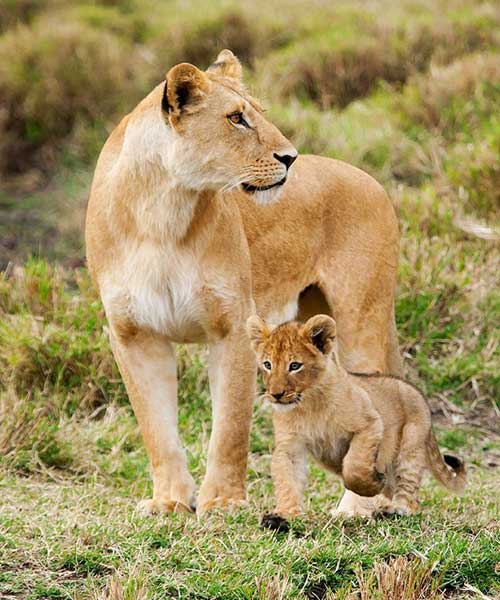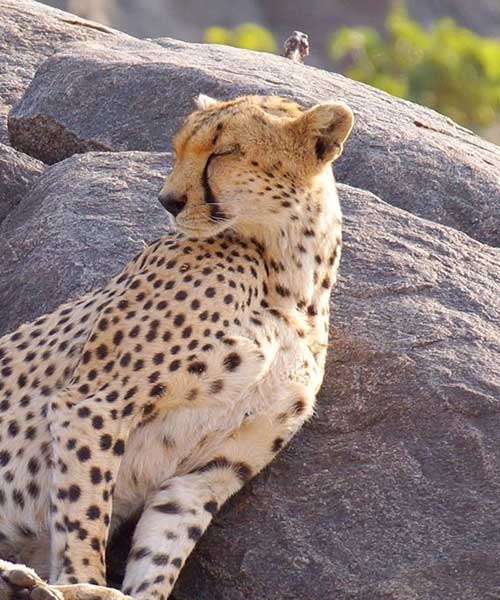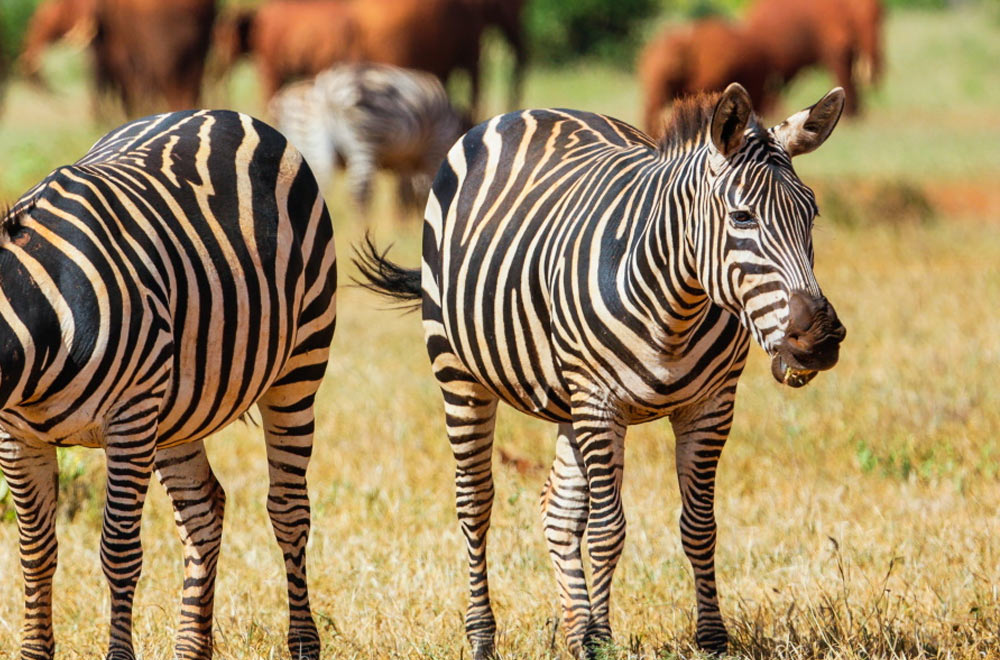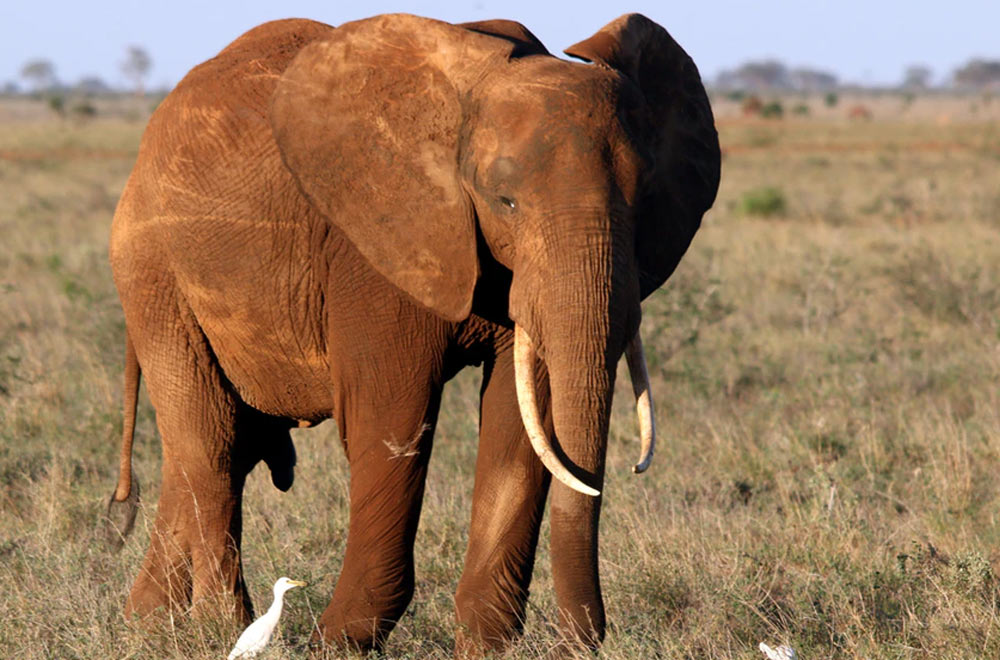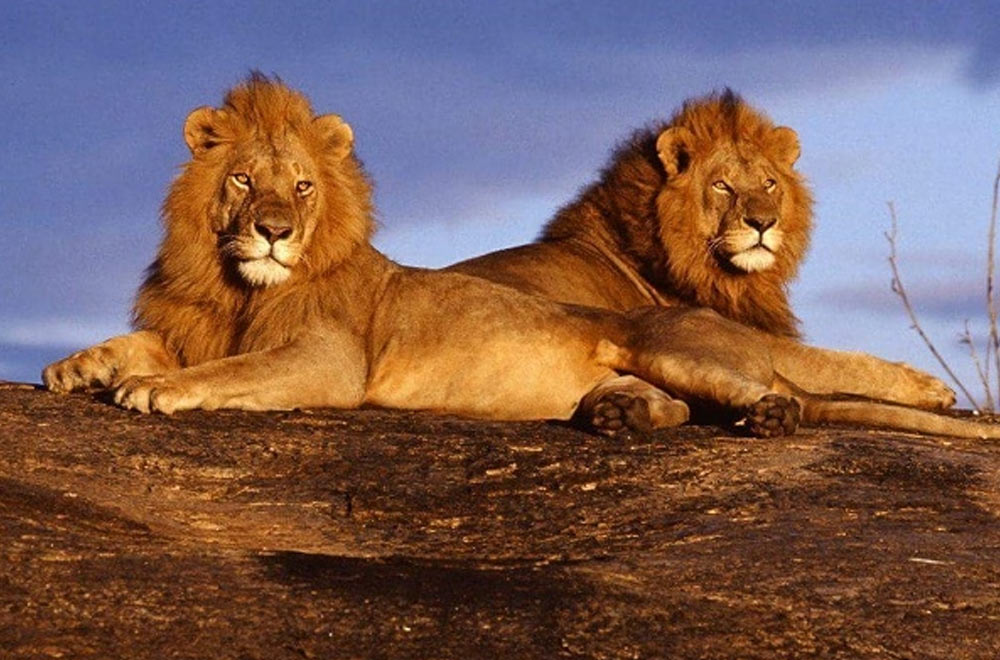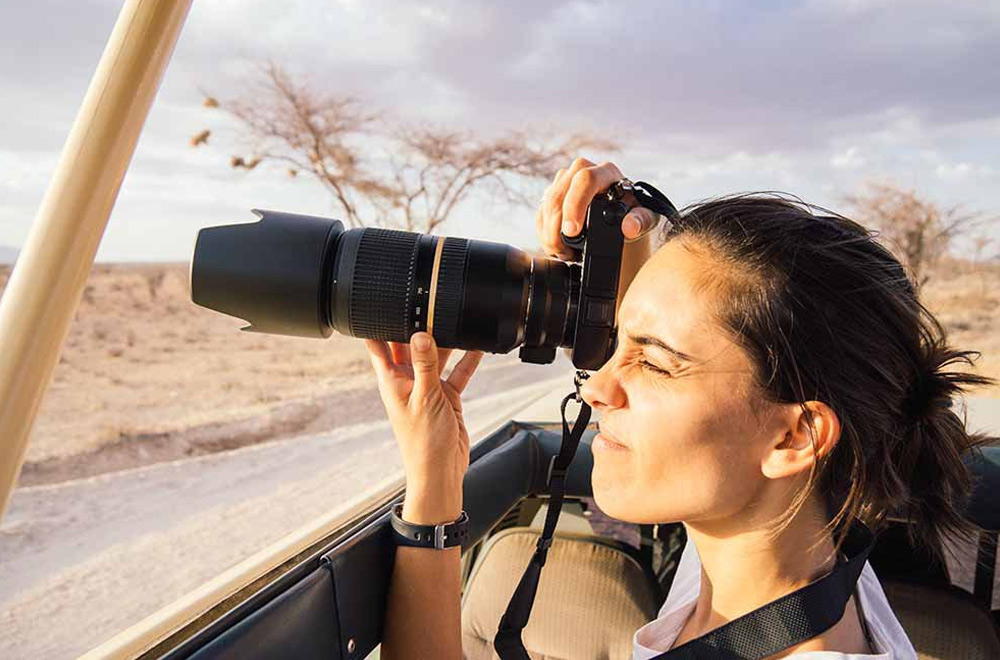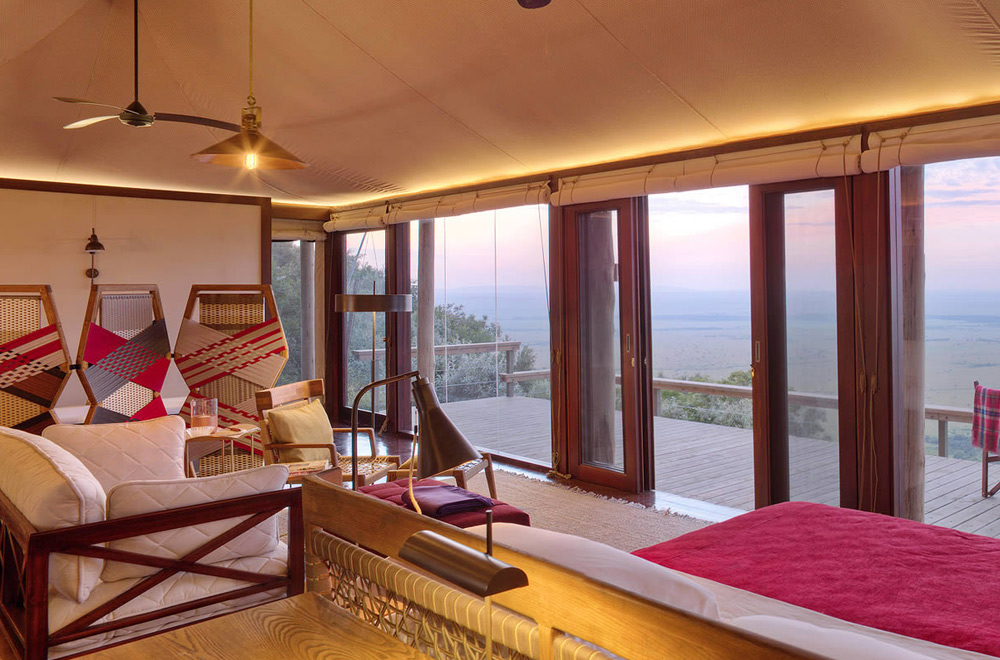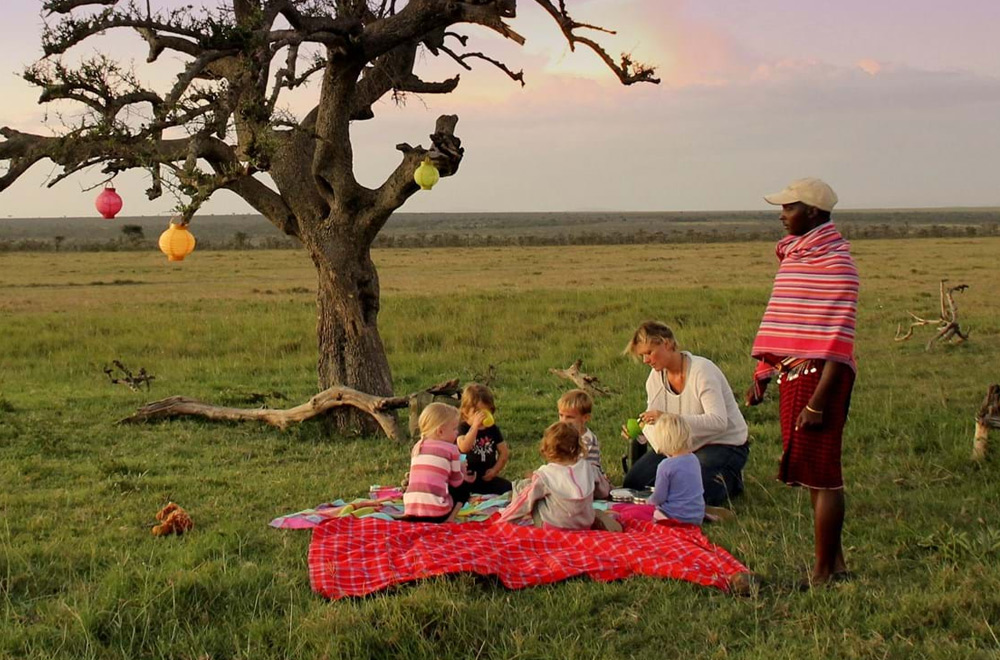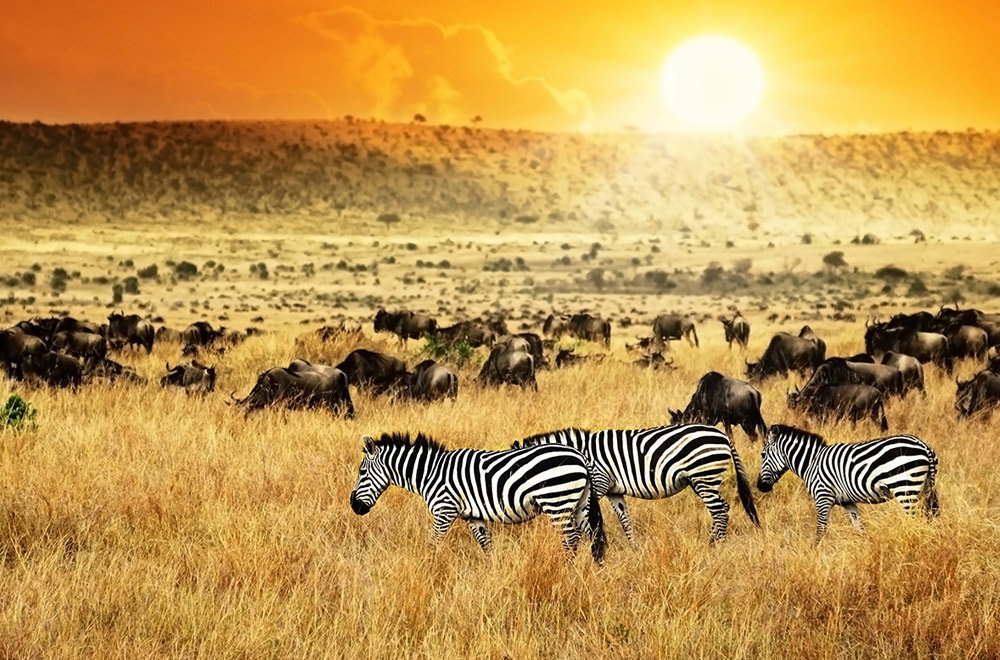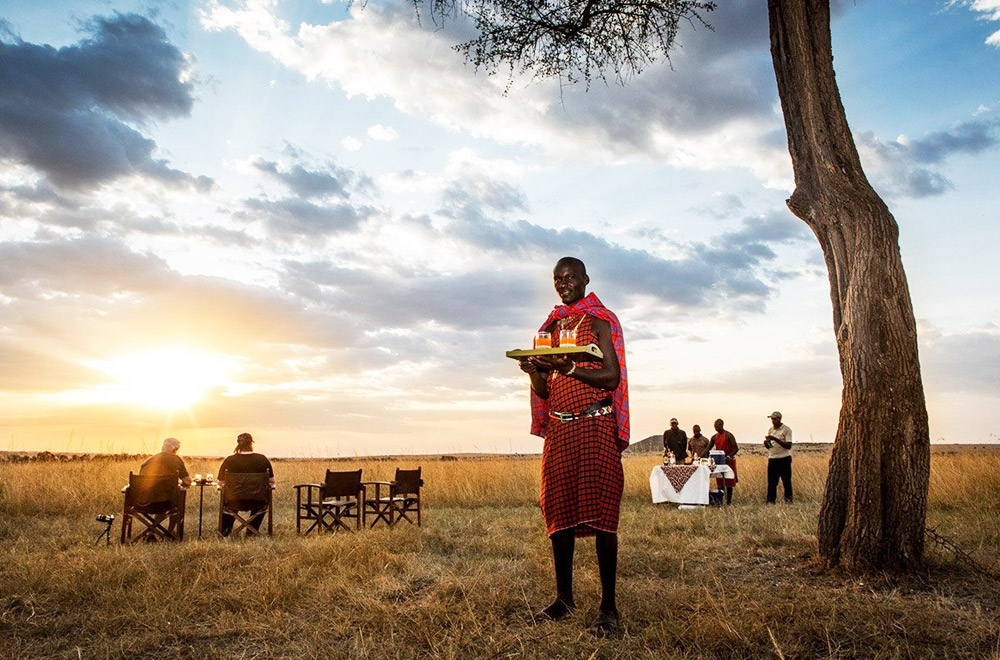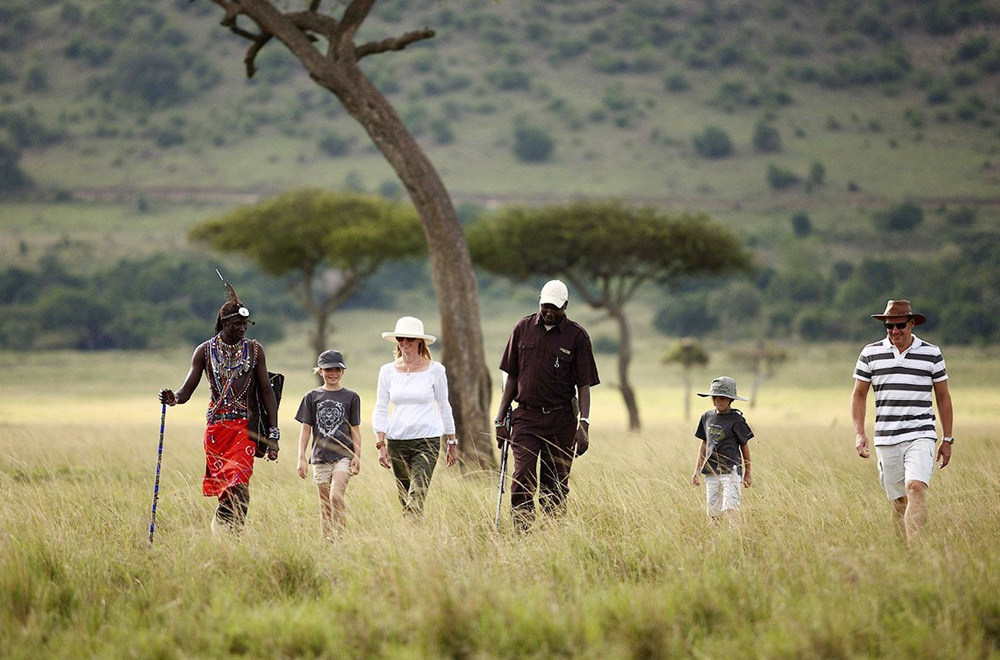Tasvo East National Park Overview
Find yourself in an endless stretch of grasslands and savannah. You are in the true wilderness of Tsavo East National Park – the largest park in Kenya and one of the oldest.
Great herds of elephants roll in the red-dust soil here and gather at essential watering holes to sustain life. The images of these giants spraying each other is one of delight and never to be forgotten. The park’s sparse foliage allows for easier wildlife spotting and it’s not uncommon to come upon the unique Tsavo lions whose adult males lack the familiar manes.
With seemingly endless stretches of grasslands and savannah, Tsavo East National Park is by far the biggest of Kenya’s parks. At more than 13,700km², Tsavo East is nine times bigger than the Maasai Mara National Reserve: indeed You are in the true wilderness of Tsavo East National Park. Most famous for its great herds of dust-red elephants rolling in the soil and gathering at watering holes, Tsavo presents encounters not easily forgotten. The park’s sparse foliage allows for easier wildlife spotting and it’s not uncommon to come upon the unique Tsavo lions whose adult males lack the familiar manes.
Enjoy the privacy and tranquillity. In Tsavo you will set off on a game drive across the seemingly empty wilderness and return to camp hours later, often without having seen a single other vehicle. There are very few camps and lodges, and you seemingly have the park to yourself, enjoying the pristine untouched surrounds under a majestic sky.
Nearly all safaris take place in the south of the park, south of the Galana River. The enormous northern region of Tsavo East was closed to the public for many years and, although it is now open again, distances are vast and its more an area for adventurous explorers, not game drives.
Incidentally, although Tsavo East and Tsavo West share a name – and a common border, coinciding with the Mombasa highway – they are two distinct national parks with different eco-systems: the wooded and hilly landscapes, dotted with volcanic cones and dramatic, black lava flows of Tsavo West National Park and the much flatter, more open plains and scattered bush that characterise Tsavo East National Park.
Find Map
About National Park
Area
137 km²
Visitors
66,808
Weather
Hot
Establish
1960
Review
500
Rating
4.5 / 5
Comming Soon
Best Time TO Visit
A trip to Tsavo East is best planned in June to October and January to February, when conditions in the park are favorable for wildlife watching. During the peak of the short rains (November) and the long rains (April and May) conditions can be more challenging.
Talk to someone who has been there
Tell us what you are looking for in a travel experience and let us do the hard work for you. The best travel experiences are ones that are tailored to you.



